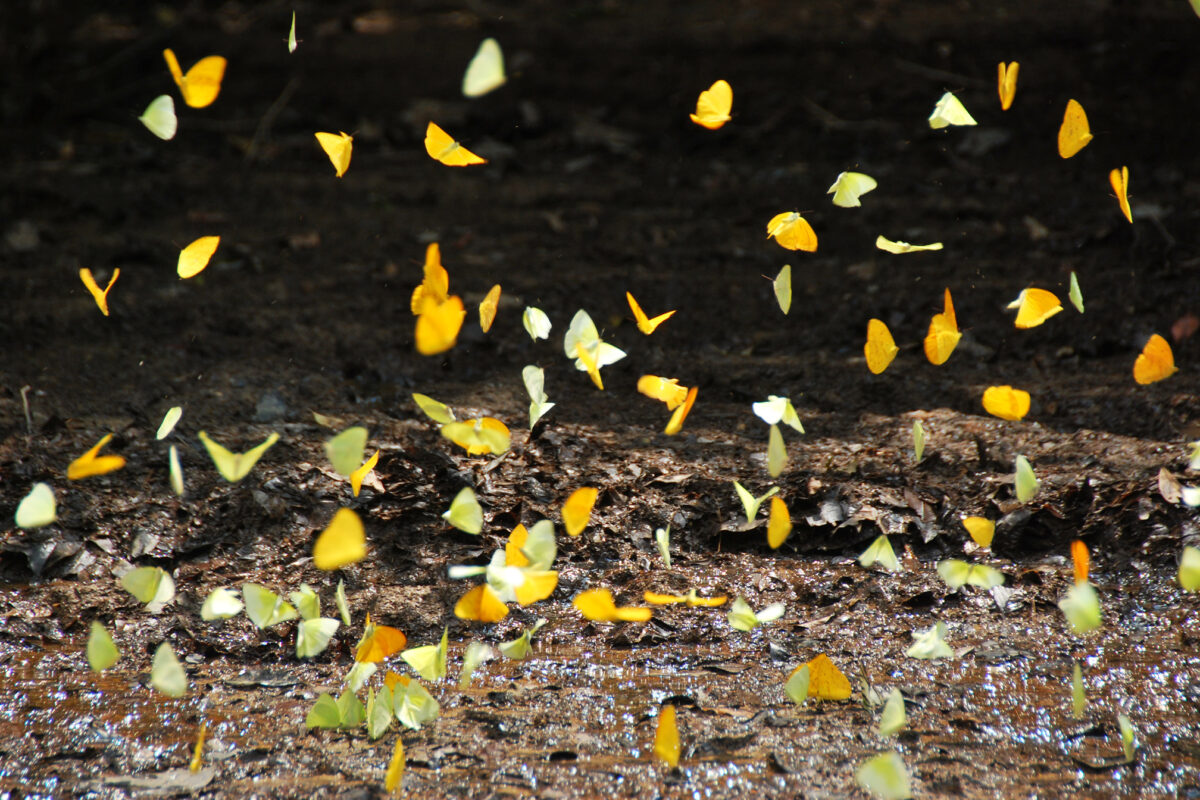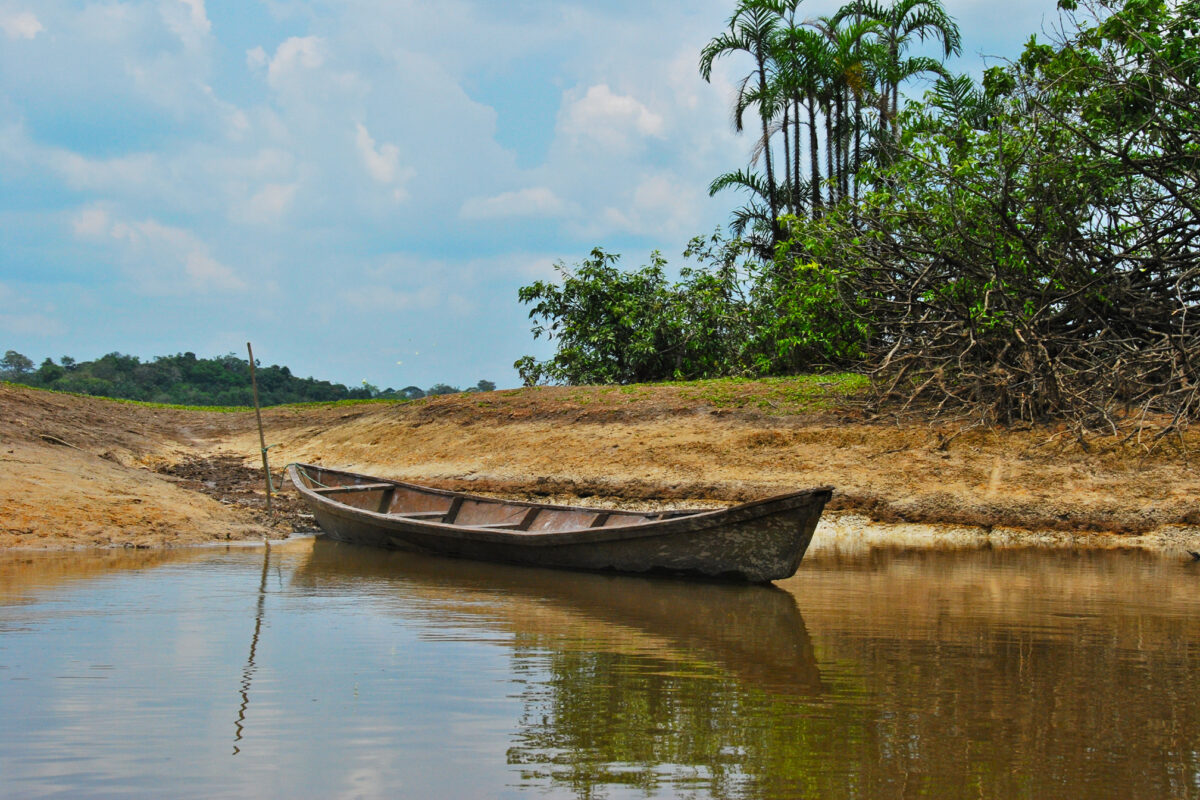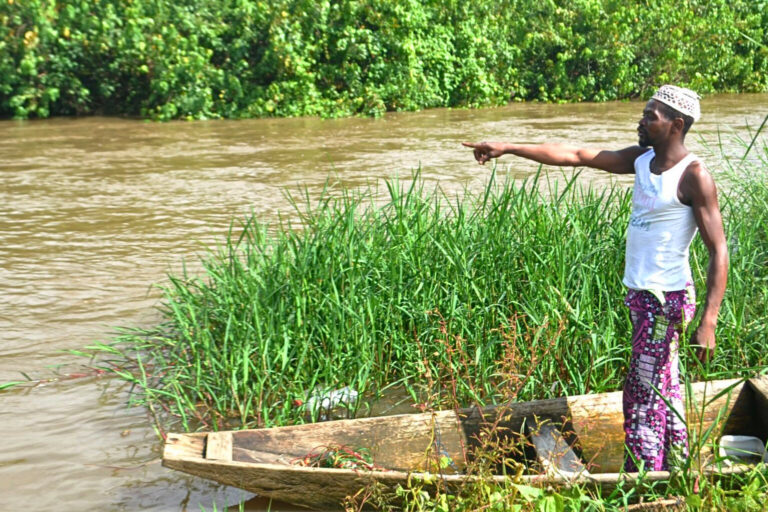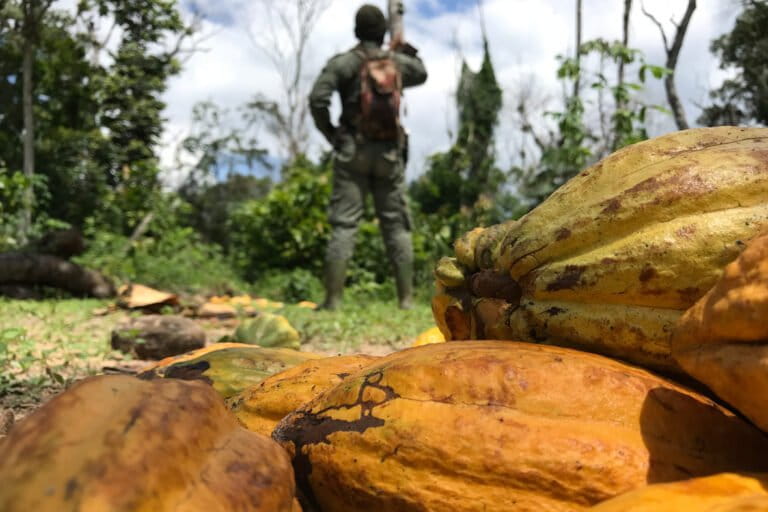Scientists have measured the amount of nanoplastics in the open ocean for the first time and found they make up the vast majority of marine plastic pollution.
Plastic debris in the ocean can be of varying sizes. Nanoplastics are the tiniest, about 1,000 times smaller than the smallest microplastics — small enough to go through cell membranes, including the barriers of the human brain.
The new study estimates that the North Atlantic Ocean holds approximately 27 million metric tons of nanoplastics, around nine times the amount of larger plastic debris in all of the world’s oceans.
“The pollution is quite advanced,” co-author Dušan Materić, a researcher at the Institute for Marine and Atmospheric Research Utrecht, told Mongabay in a video interview. “Just 10 years ago, there was speculation about whether nanoplastics existed, and that brought concern because if they existed in the environment, they would be much more toxicologically potent than their microplastics counterpart.”
The researchers found nanoplastics at all three depths they sampled — right from the sea surface to the ocean floor — across 12 stations located across the North Atlantic, indicating widespread contamination. Previously, nanoplastics were missing from calculations of how much total plastic is in the ocean. The millions of tons of nanoplastics found in the recent study, Materić said, fills that gap.
“To me, [the amount of nanoplastics we found] is a bit more than I expected,” Materić said. “We are closing that budget with nanoplastics. So, in a sense, we discovered the missing pollutant.”
A previous study estimated 3.2 million metric tons of larger plastics and microplastics across all oceans.
Much to the researchers’ surprise, they found much lower concentration of nanoplastics in ocean gyres where microplastics usually accumulate, like the North Atlantic garbage patch. Instead, nanoplastics appeared in larger quantities deep in the ocean and were more scattered across the ocean surface.
The amount of nanoplastics estimated in the study suggests the tiny particles may not only be coming from microplastics breaking down further, but may also be entering the ocean directly from larger plastic objects and the atmosphere.
Polyethylene, the plastic that makes up most plastic bags and is one of the most common types of microplastic pollution, was also completely missing from the nanoplastics samples. This absence of the widely used plastic suggests there are unknown chemical or physical processes at play that prevent it from forming or persisting as nanoplastics in ocean water, the researchers say.
Materić said the science of nanoplastics is still in its early stages. “We need to start printing new pages of scientific discoveries. How do [nanoplastics] affect life? How could this backfire towards the atmospheric system? How could this effect cloud formation? All systems are now linked, and we need to understand the physical functioning of the plastic cycle.”
Banner image: A barrier collects plastic waste at Kingston Harbor in Jamaica. Image courtesy of The Ocean Cleanup.














